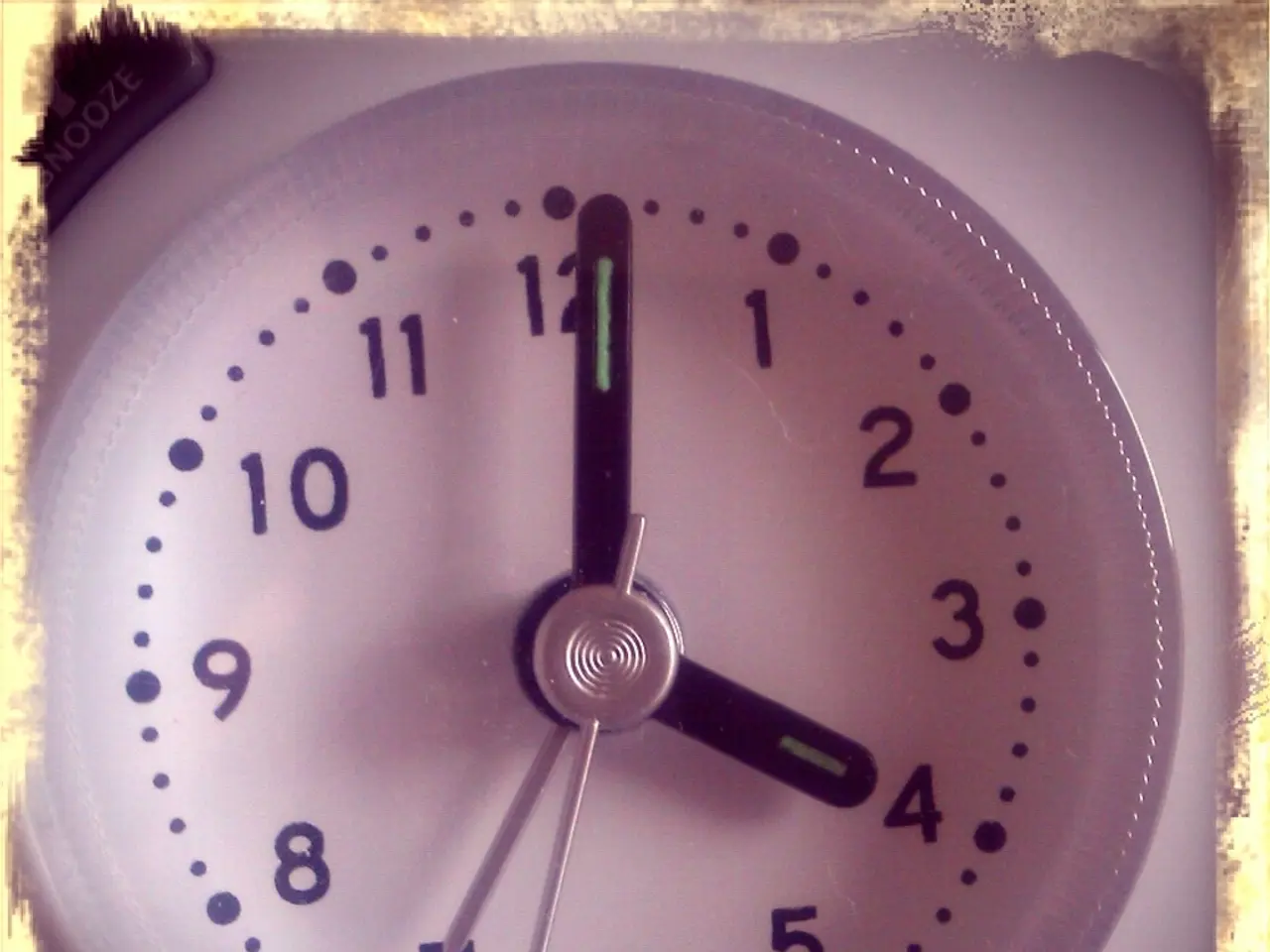Tips for Enhancing Your Audio Recordings Immediately
================================================================
In the world of music and podcast production, the quality of your audio equipment can significantly impact the final output. Here's a guide on selecting the best microphones for various recording scenarios, along with some essential tips for capturing high-quality audio.
Preparation is Key
Before hitting the record button, planning is crucial. Choose the right environment, gather necessary equipment, and decide on audio sources. Preparation includes testing all equipment, setting up in a quiet environment, having a script or outline to stay organized, and calibrating audio levels to avoid unexpected peaks during the session.
The Importance of Quality Instruments and Recording Gear
When recording music, focus on using quality instruments and recording gear to capture authentic sound. This includes investing in a professional microphone and headphones to ensure clear and crisp sound in podcast recordings.
Utilizing Digital Audio Workstations (DAWs)
Digital Audio Workstations (DAWs) are essential in modern recording processes. They allow you to record, edit, and mix audio with precision. Utilize DAWs to organize audio tracks, apply effects, and balance levels. This tool is invaluable for layering sounds and ensuring that each audio source blends well within the overall mix.
Reducing Background Noise
Creating a quiet and acoustically treated environment can reduce background noise in podcast recordings. Noise reduction techniques help remove unwanted ambient sounds in your recordings.
The Power of High-Resolution Settings
For best results, set your recording device to high-resolution settings, like 24-bit/48kHz. Adjust microphone sensitivity and distance to avoid distortion.
Choosing the Right Microphone for Your Project
The best microphone types for recording vocals, instruments, and live performances vary based on their design—primarily condenser and dynamic microphones—each suited to specific uses.
For Recording Vocals (Studio)
Condenser microphones are generally preferred because of their high sensitivity and detailed sound capture. They pick up a wide frequency range and nuances of the voice. Examples include the AKG C414 XLII and the Shure KSM32, both excellent for professional vocal recording and various instruments.
For Recording Instruments
Condenser microphones are common in studios for acoustic instruments due to their sensitivity and accuracy. The AKG C414 also excels here, capturing detailed instrument sounds. For guitar cabinets or percussion, dynamic microphones like the Sennheiser MD421 offer durability and strong cardioid pickup, providing clean sound even in close-miking setups.
For Live Performances
Dynamic microphones are preferred due to their robustness, lower sensitivity to background noise, and ability to handle high sound pressure levels. The classic Shure SM58 (and upgraded Beta 58A) are industry standards for live vocals, providing clear, durable, and feedback-resistant performance. For live vocal use with detailed sound and noise rejection, the Shure SM7B and Electrovoice RE20 are excellent choices.
Summary Table
| Use Case | Best Mic Type | Examples & Notes | |----------------------|------------------------|--------------------------------------------------------------------------------------------------| | Studio Vocals | Condenser | AKG C414 XLII (multi-pattern, detailed), Shure KSM32 (flat response, all vocal types) | | Studio Instruments | Condenser / Dynamic | AKG C414 for detailed acoustic, Sennheiser MD421 for guitar cabs/percussion | | Live Vocals | Dynamic | Shure SM58/Beta 58A (robust, feedback resistant), Shure SM7B (rock vocals, broadcast), Electrovoice RE20 | | Live Instruments | Dynamic | Sennheiser MD421, Sennheiser MD441U (supercardioid) for clarity and durability |
Additional Notes
- Condenser mics require phantom power and careful acoustic treatment due to their sensitivity.
- Dynamic mics perform better in noisy environments and are more rugged for stage use.
- Microphone polar patterns (cardioid, supercardioid, omni) affect isolation and feedback control; versatile mics like the AKG C414 offer multiple patterns for adaptability.
Choosing the microphone depends on your specific needs: studio precision calls for condenser mics, while live robustness favors dynamic mics, with some models like the Shure SM7B bridging both worlds. For acoustic instruments, consider close-miking techniques to capture detailed audio, or employ ambient miking to embrace the natural room reverb. Equalization (EQ) allows you to balance frequencies, ensuring no part of the audio spectrum is overpowering. MP3 files are compressed, reducing file size at the cost of some audio detail, making them suitable for casual sharing or distribution where storage is a concern.
- To achieve high-quality audio in your home studio, be sure to invest in a professional microphone like the AKG C414 XLII or the Shure KSM32 for clear and crisp sound during podcast recordings.
- Utilize a Digital Audio Workstation (DAW) to record, edit, and mix audio with precision, using it to organize audio tracks, apply effects, and balance levels.
- For studio vocals, condenser microphones such as the AKG C414 XLII or the Shure KSM32 are generally preferred for their high sensitivity and detailed sound capture.
- When recording instruments in a studio setting, condenser microphones, like the AKG C414, are commonly used due to their sensitivity and accuracy, capturing detailed instrument sounds.
- For live performances, dynamic microphones like the Shure SM58 or the upgraded Beta 58A are preferred due to their robustness, lower sensitivity to background noise, and ability to handle high sound pressure levels.
- In live performances with detailed sound and noise rejection, the Shure SM7B and Electrovoice RE20 are excellent choices for vocals.
- When selecting a mic for your specific needs, consider using condenser mics for studio precision, dynamic mics for live robustness, and versatile mics like the AKG C414 that offer multiple polar patterns for adaptability.




